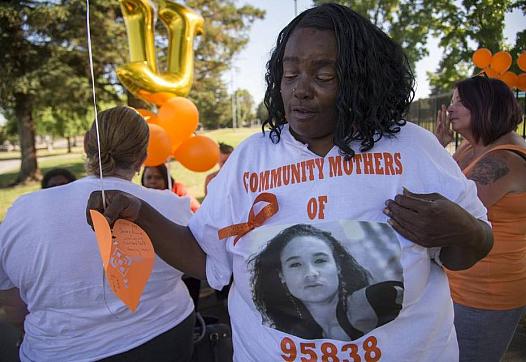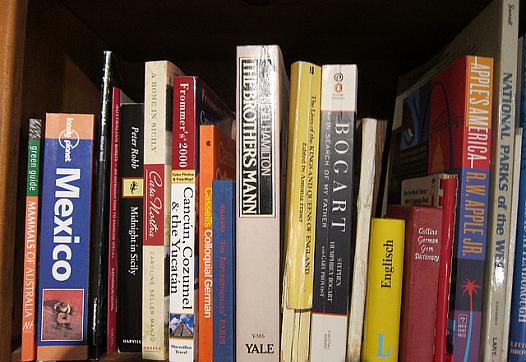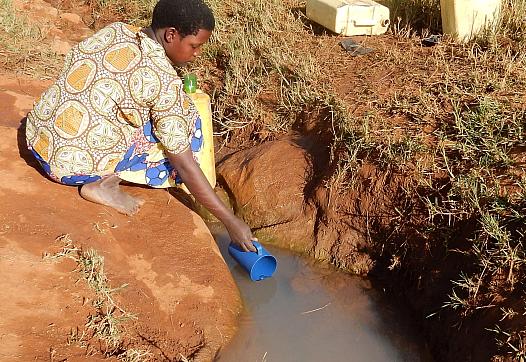
It’s an ongoing debate that has been given special urgency in light of recent attention to police killings of black men. When does the need to inform cross over to sensationalism?

It’s an ongoing debate that has been given special urgency in light of recent attention to police killings of black men. When does the need to inform cross over to sensationalism?

New Orleans restarted its public school system a decade ago after Hurricane Katrina. But addressing the lingering trauma and stress faced by the city's children is a huge ongoing challenge.

After the Milwaukee Journal Sentinel ran a blockbuster series in 2011 on the city's high infant mortality rate, the mayor vowed to reduce the black infant death rate by 15 percent in six years. Five years later, the black rate has gone up. What happened?

African-American children die at more than twice the rate of other children in California's Sacramento County, a new Bee investigation finds.

It's well-known that there's a yawning gap between wealthier kids and their less affluent peers in the number of words heard as a child, a fact that has big implications for their future success. But do programs aimed at closing the gap work?

This story is the first in a several-part series about academic and health outcomes for students enrolled in state Migrant Education programs in eastern Solano County, a project funded in part by the Center for Health Journalism at the USC Annenberg School for Communication and Journalism.

For the Chinese American community in Los Angeles, language barriers can limit access to needed health care. But that's not the only challenge recent immigrants face, as Peiwin Jing reports in part one of her series.

The annual Data Book published by Kids Count this week feeds into a larger news trend of late that has emphasized broad gains in children's health and morality rates.

According to a survey conducted in early 2016 by ACH360, a nonprofit organization promoting health for rural communities in Ngora, Uganda, traditional beliefs associated with cancer in women are the reason why many do not seek early diagnosis and treatment.

This story was produced as a project for the California Health Journalism Fellowship, a program of the Center for Health Journalism at the USC Annenberg School for Communication and Journalism.